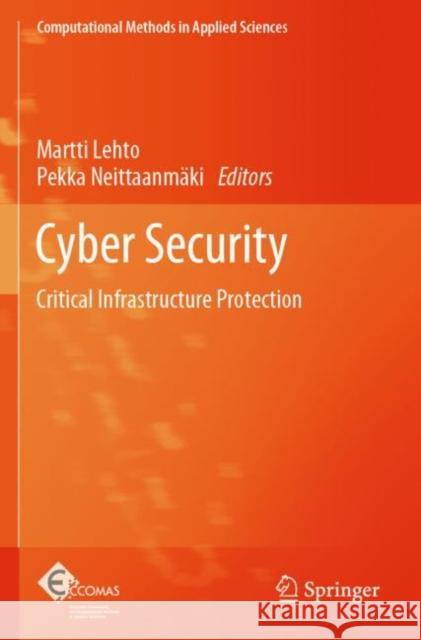Cyber Security: Critical Infrastructure Protection » książka
topmenu
Cyber Security: Critical Infrastructure Protection
ISBN-13: 9783030912956 / Angielski
Cyber Security: Critical Infrastructure Protection
ISBN-13: 9783030912956 / Angielski
cena 645,58
(netto: 614,84 VAT: 5%)
Najniższa cena z 30 dni: 616,85
(netto: 614,84 VAT: 5%)
Najniższa cena z 30 dni: 616,85
Termin realizacji zamówienia:
ok. 22 dni roboczych
Dostawa w 2026 r.
ok. 22 dni roboczych
Dostawa w 2026 r.
Darmowa dostawa!
Kategorie:
Kategorie BISAC:
Wydawca:
Springer
Seria wydawnicza:
Język:
Angielski
ISBN-13:
9783030912956











